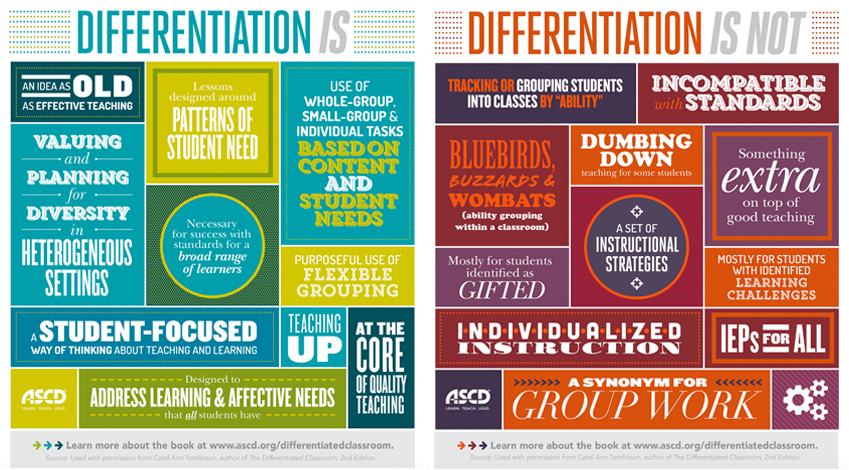Social and Emotional Learning, Conscious Discipline
Social-emotional learning is the when we learn to understand our emotions and process them in a healthy way. It also involves handling the emotions of others and being able to respond appropriately. These are important skills for students to aquire. Today's world presents certain challenges that may make it more difficult to strengthen and apply these skills accordingly. In a classroom, we can be mindful of the physical and emotional environment. A section of the room for students to destress can allow students to reflect and refocus. Teachers must be supportive of their students and address behavior properly. Remember to use student-centered discipline practices that your pupils will understand and draw meaning from. Students also need to be guided to make responsible decisions. We must be aware of the multi-faceted development in our students. When we are respectful of their growing minds and bodies, we can help them polish the skills that can be carried into their future.
Conscious discipline is a strategy to discipline without rewards or punishments. It is a way to make students more aware of their behaviour and take responsibility. Dr. Becky Bailey is the author and creator of this method. By implementing the research based strategies and structured procedures into our everyday schedules, we can ensure our students have valuable learning opportunities. Not only is it useful with students and teachers, but teaching parents these same practices can help beyond the classroom. Studies have proven a postive change in the home-school connection. Just think of the possiblities in your community and beyond if we all started practicing conscious discpline techniques.





